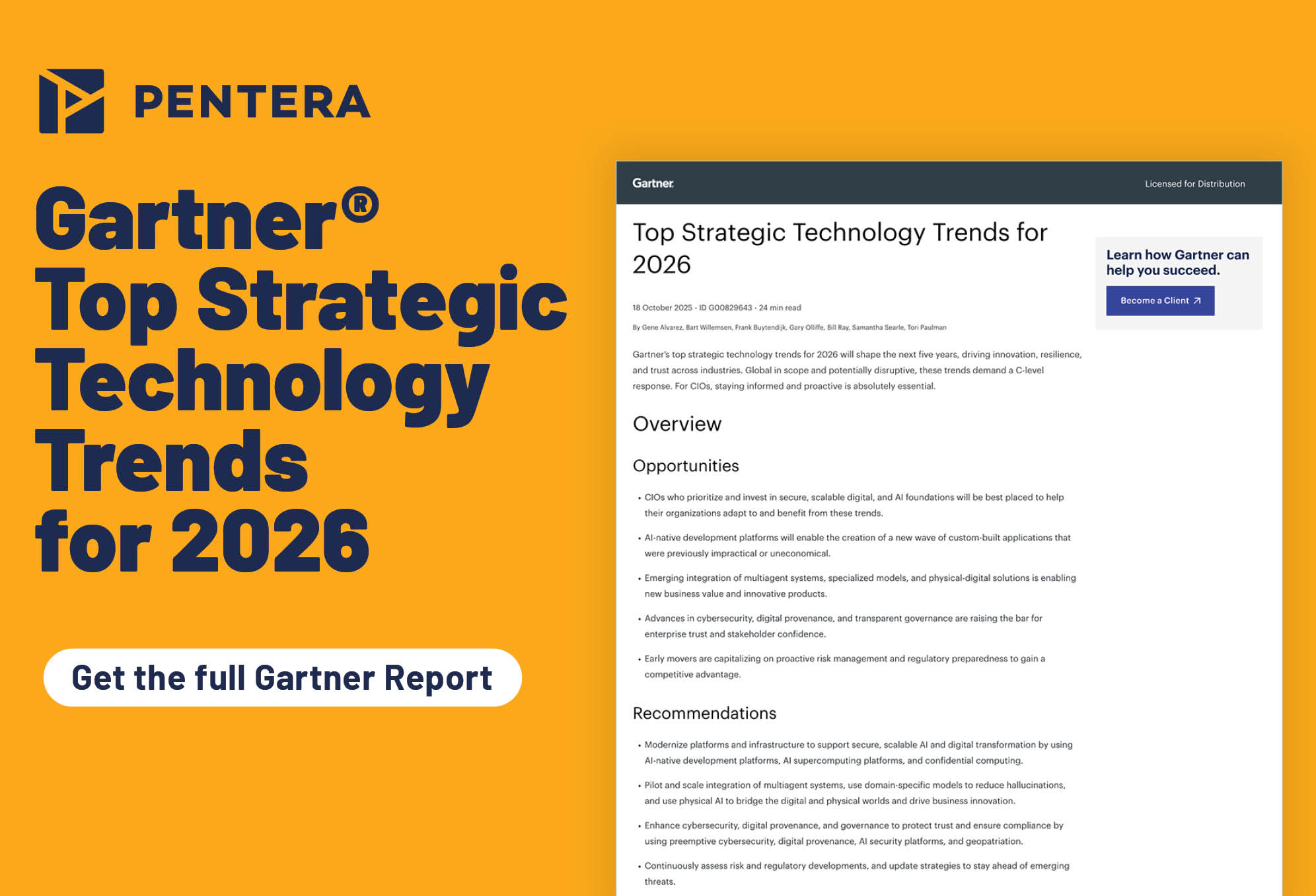Greenpeace recently took credit for the PrintNightmare exploitation, warning that if the world does not shift to paperless immediately, further devastating actions will be taken.
Jokes (and conspiracy theories) aside, for the past couple of weeks, we’ve all heard more about printing vulnerabilities than we ever wanted.
The Print Spooler: A Security Weak Point
The Windows Print Spooler service runs by default on every Windows host, including domain controllers, allowing users to print. What seems like a harmless service has become a critical weak point, leaving enterprises exposed to severe security risks.
This is yet another example of IT tools being turned against us. Just as PowerShell has been leveraged for fileless attacks, the print spooler service is now a vehicle for privilege escalation and remote code execution (RCE).
Microsoft, in an effort to retain user-friendly print management, created an exploitable security loophole.
Patch Confusday: The Never-Ending Patch Cycle
By now, we are all used to Patch Tuesday. But the PrintNightmare vulnerability pushed security teams to the breaking point, forcing multiple emergency patches.
Between 2020 and 2021, several vulnerabilities were discovered in the print spooler/fax code, including:
- FaxHell (CVE-2020-1337)
- Evil Printer
- PrintDemon
- PrintNightmare (CVE-2021-34527 & CVE-2021-1675)
The PrintNightmare Timeline
Analyzing the chain of events of recent PrintNightmare vulnerability:
- June 21, 2021 – Microsoft upgraded CVE-2021-1675 from low to critical due to remote code execution (RCE) risks.
- June 29, 2021 – Details emerged by a security researcher of a remotely exploitable vulnerability, dubbed PrintNightmare affecting all versions of Windows to date (servers and workstations alike).
- July 1, 2021 – Microsoft assigned a new CVE: CVE-2021-34527.
- July 6, 2021 – Microsoft released an emergency patch, but it only addressed RCE, leaving privilege escalation still exploitable.
- August 10, 2021 – Another Print Spooler RCE vulnerability (CVE-2021-36936) surfaced.
- August 11, 2021 – Microsoft issued a workaround fix for the Print Spooler vulnerability (CVE-2021-26958)
Confused? So is everyone else. And attackers aren’t giving up—organizations will need to defend against PrintNightmare for years to come.
Beyond Patch Fatigue: Rethinking Vulnerability Management
At this point, you might expect me to say: Patch, patch, patch!
But that’s not the takeaway. The “Einstein insanity” of endlessly finding and patching vulnerabilities isn’t solving the problem.
Earlier this year, it was Microsoft Exchange ProxyLogon.
Then, PrintNightmare.
Next, it was PetitPotam NTLM Relay attacks.
Yesterday, it was Azure Cosmos DB.
Tomorrow, it’ll be another vulnerability.
If we focus only on isolated vulnerabilities, we miss the bigger picture.
How Do You Prioritize What Really Matters?
Inspecting a vulnerability in silo will not reduce the organization’s true risk as critical context is missing. Let’s take an example:
- Difficulty level: How easy is it to access the host where a specific vulnerability exists?
- Reach: Can that host reach a critical asset on your network?
- Known and active: Is there published or proof of in-the-wild exploitation?
- Effort: What is the level of effort and sophistication required from the adversary?
- Expand: How common is this vulnerability across the enterprise and what are the lateral movement possibilities?
- Progress: If exploited, what are the possible post-exploitation actions that can be taken?
- Prerequisite: Is a preliminary vulnerability required to access the vulnerable host?
- Target and impact: How deep could the attacker go, across all layers of defense, if all the above conditions were met.
- Solution: If remediated, what is the level of certainty that the problem is indeed fixed?
A risk-based approach allows security teams to prioritize threats that pose real risks—not just the ones marked as “critical” by a scanner.
PrintRansomHeaven: A Ransomware Goldmine
As expected, ransomware groups have weaponized PrintNightmare. Why?
- Exists on almost every Windows system, including domain controllers
- Exploitable for both Remote Code Execution and privilege escalation
- No user interaction or privileged access required
Ransomware operators thrive on low-effort, high-impact exploits, and PrintNightmare is exactly that.
While your organization debates whether to go paperless, attackers are scanning for unpatched systems.
Remember: Knowing whether you’re exposed is important and knowing the potential impact of an attack is critical.
From Vulnerability Management to Security Validation
To outmaneuver attackers, organizations must move beyond siloed asset management, checklist-based vulnerability scanning, and traditional red teaming or bi-yearly penetration testing. These approaches, while valuable, often fail to provide a real-time understanding of security gaps. Instead, security teams should adopt a continuous validation strategy that tests real-world attack paths, emulates adversary tactics, and prioritizes vulnerabilities based on their actual exploitability rather than theoretical risk scores.
Validate Your Security Against PrintNightmare Today
Security isn’t about checking off patches—it’s about knowing if your defenses can withstand an attack.
Start today. Get a demo of how Pentera validates, prioritizes, and remediates the PrintNightmare vulnerability—mapping every possible attack path.
Frequently asked questions
What is the PrintNightmare vulnerability?
PrintNightmare is a critical Windows vulnerability that affects the Windows Print Spooler service. Attackers can exploit it to achieve remote code execution (RCE) and privilege escalation, potentially taking full control of affected systems.
Is PrintNightmare still an issue in 2024?
Yes, while Microsoft has released patches, PrintNightmare remains a security concern because: 1. Many organizations have not fully implemented patches or mitigations 2. Attackers continue to find workarounds and new exploit techniques 3. Disabling the Print Spooler service is not always a viable option for businesses. To mitigate the risk, organizations should integrate automated security validation to test if their systems remain vulnerable.
Is it safe to disable the Print Spooler service?
Disabling the Print Spooler can mitigate PrintNightmare risks, but it may disrupt printing functionality. Organizations must weigh: Security benefits (reducing attack surface) vs. operational impact (affecting printing-dependent workflows). For high-security environments, attack surface reduction strategies—including disabling unnecessary services—are highly recommended.
How do I check if my system is vulnerable to PrintNightmare?
To verify exposure, security teams should: 1. Check Windows Update to confirm patch installation 2. Run penetration tests to determine exploitability 3. Leverage automated security validation to simulate real-world attack scenarios.
What happens if the Print Spooler service is stopped?
Stopping the Print Spooler service will: Prevent PrintNightmare exploits, block unauthorized remote printing, disable local and network printing. Organizations that rely on printing should adopt alternative security measures, such as network segmentation and least privilege access.






